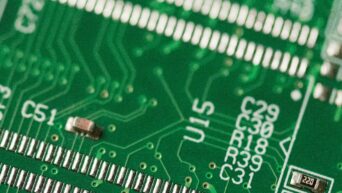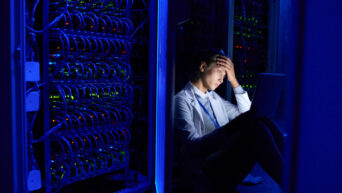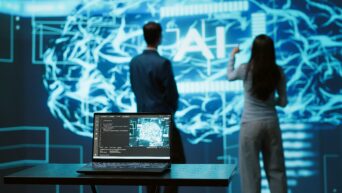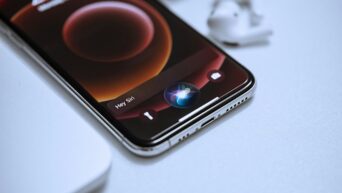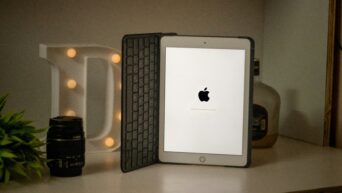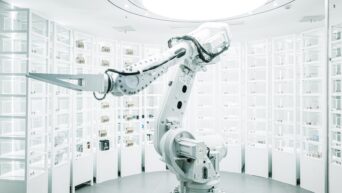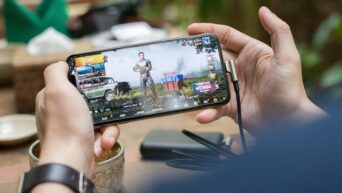Super-charged lights may be able to reveal this piece of ancient history.
In AD 79, Mount Vesuvius rained fiery doom upon the Roman towns of Pompeii and Herculaneum. It wasn’t fun, to say the least. Many constructs, objects, and people were left petrified in hardened molten ash. Of particular note is a set of ancient scrolls left hard and unbending by the ash. Attempts to unravel them by hand would almost definitely destroy them. For this reason, a research team from the University of Kentucky has been researching other methods, and their latest trick involves intense light.
The team is using a special scientific facility called a “synchotron.” Basically, this facility takes electrons and soups ’em right the heck up. These electrons move so fast, that they begin outputting light that puts our own Sun to shame. But what can a super-charged light bulb do for the scrolls? Well, the funny thing about focused light is that it can pass right through solid matter. Ergo, by passing this super-charged light through the scroll, they can see inside its tightly-packed layers without physically touching it.
Before they can do this, however, they need to train the synchotron to detect the scrolls’ ink. Using samples of ink and papyrus found at the same site the scrolls were dug up, the team is training the facility’s machine learning algorithm to discern the scrolls’ content. It’s not currently known what the scrolls may contain, but some members of the group theorize that it could be a very early Christian text written near the Vesuvius incident.


